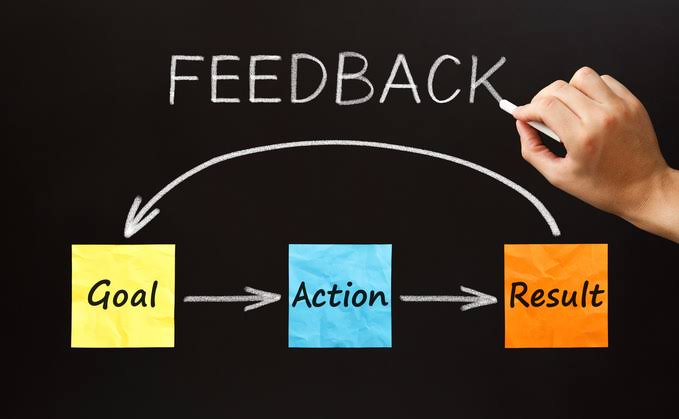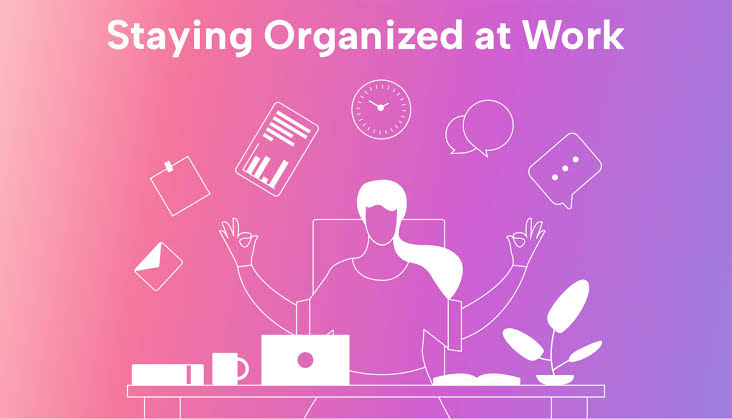Feedback is key to personal and professional growth. By July 2025, with more remote work, teamwork tools, and focus on performance, giving and receiving helpful feedback is more important than ever. Feedback is not just for fixing mistakes but also for growth, new ideas, and understanding each other.
As communication becomes more virtual and teamwork across departments grows, feedback helps keep people and teams on track with their goals. But not all feedback works well. How it is shared and accepted decides if it helps or hurts. Learning to handle feedback with kindness and openness is important for good relationships and ongoing progress.
Understanding the Value of Feedback
Feedback is more than an evaluation—it’s a reflection of how others perceive your work, behavior, or contribution. It helps individuals identify their strengths, uncover blind spots, and discover areas needing improvement. Whether in a corporate setting, academic environment, or creative project, feedback provides direction and enhances clarity.
In 2025, more organizations are recognizing feedback as a tool for learning, not just performance evaluation. It has become part of a continuous improvement cycle, where regular, two-way feedback strengthens productivity and innovation. Real-time feedback mechanisms built into platforms like Microsoft Teams, Slack, and Zoom have made the process more immediate and dynamic.
Beyond career development, feedback also promotes self-awareness. By understanding how others experience our actions, we gain insights that help us improve communication, emotional intelligence, and problem-solving skills. It is a powerful catalyst for personal evolution when approached with an open mind.
Create a Safe and Respectful Environment
For feedback to be effective, the environment in which it is given matters immensely. People are more receptive to feedback when they feel psychologically safe—meaning they trust that feedback is intended to help, not harm. Creating a culture of respect and trust is a prerequisite for honest conversations.
Whether you’re a manager, team lead, or peer, it’s important to approach feedback with empathy and a genuine desire to support growth. Begin by establishing a rapport. Let the person know the purpose of the feedback session and reassure them that it’s a constructive dialogue, not a critique.
In 2025, many leaders are trained in emotional intelligence and inclusive communication to ensure feedback sessions are respectful and non-threatening. Body language, tone of voice, and timing all play a role in making the recipient feel valued and safe. When people trust your intent, they are more likely to engage positively with what you have to say.
Focus on Specific, Observable Behaviors
Constructive feedback should be grounded in specific actions or behaviors, not generalizations or personal judgments. Instead of saying, “You’re unreliable,” point to a concrete example like, “You missed two deadlines last month, which affected the project timeline.” This approach helps the recipient understand exactly what needs to change and why.
Vague or overly broad feedback often causes confusion and defensiveness. The clearer the message, the easier it is for the other person to process and act upon. Specificity also reduces the risk of misinterpretation or emotional backlash.
In many 2025 workplace systems, managers are encouraged to use data-supported feedback—such as performance metrics or observed interactions—to give a more objective and fair evaluation. This method removes ambiguity and focuses the conversation on improvement rather than blame.
Use the “Feedback Sandwich” Approach Wisely
The feedback sandwich—starting with a positive comment, followed by constructive criticism, and ending with another positive remark—remains a widely used technique. When done right, it helps soften the delivery and makes the recipient more open to hearing the critique.
However, in 2025, communication experts warn that overusing this method can dilute the message or make it feel insincere. If the praise seems forced or the criticism buried, the recipient may not fully grasp the point. The key is balance. Be genuine with both praise and correction, and ensure the main issue is clearly communicated.
An updated strategy many use now is the “Start, Stop, Continue” model—highlighting what the person should start doing, what they should stop, and what they should continue. This format is clear, actionable, and often better received in dynamic or fast-paced settings.
Choose the Right Time and Place
Timing is everything when it comes to feedback. Offering it in the middle of a crisis, during a public meeting, or when emotions are high can backfire. The goal is to deliver feedback when the recipient is calm, focused, and able to engage thoughtfully.
Private settings are ideal for most feedback sessions, especially if the topic is sensitive. Giving feedback in front of others can feel like an attack, even if your intention is positive. A well-timed, confidential conversation fosters trust and reduces embarrassment or resistance.
In 2025’s hybrid work environment, virtual feedback sessions are common. Be sure to schedule them in advance, use video to maintain human connection, and eliminate distractions. Creating the right context allows feedback to land more effectively and respectfully.
Practice Active Listening When Receiving Feedback
Receiving feedback can be emotionally challenging, especially if it’s unexpected or critical. However, listening actively—without interrupting or becoming defensive—is crucial. This means focusing on understanding the message rather than preparing your response.
Ask clarifying questions if something is unclear, and show appreciation for the feedback, even if it’s difficult to hear. Remember, the person offering feedback took time to support your growth. Responding with openness signals maturity and professionalism.
In 2025, professionals are increasingly being trained in how to receive feedback just as much as how to give it. Many organizations offer coaching sessions and digital modules that teach individuals to manage their reactions, reflect thoughtfully, and use feedback to fuel improvement.
Turn Feedback Into Action
Feedback is only valuable if it leads to change. After receiving feedback, take time to reflect. Identify key themes, consider the context, and develop a plan to address the issues raised. This might involve changing behaviors, learning new skills, or improving communication.
Share your intentions with the person who gave the feedback. Let them know you’ve taken their comments seriously and outline what you plan to do differently. This not only shows accountability but also builds stronger professional relationships.
In many 2025 workplaces, employees use digital performance journals or reflection tools to document feedback and track progress. This habit turns feedback into a continuous learning loop and makes professional development more intentional and visible.
Encourage a Culture of Feedback
Feedback shouldn’t only come from managers during annual reviews. In high-performing teams, feedback is ongoing, multidirectional, and normalized. Everyone—from interns to executives—should feel comfortable giving and receiving input regularly.
Foster a culture where feedback is not feared but welcomed. Recognize and reward those who offer constructive insights. Use team meetings, retrospectives, or collaborative tools to encourage open dialogue.
In July 2025, many companies now integrate peer feedback systems within their HR platforms, allowing team members to evaluate and support each other’s growth in real time. This creates a dynamic environment of continuous improvement and shared responsibility.
Conclusion: Feedback Is a Lifelong Skill
Constructive feedback is a cornerstone of personal and professional development. When delivered thoughtfully and received with openness, it becomes a powerful engine for change, learning, and collaboration. As the world of work evolves, the ability to give and receive feedback with clarity and empathy is more valuable than ever.
By focusing on clear communication, mutual respect, and actionable insights, you can transform feedback from a difficult conversation into an opportunity for progress. Mastering this skill in 2025 and beyond will not only enhance your relationships but also accelerate your growth and effectiveness in any role.



